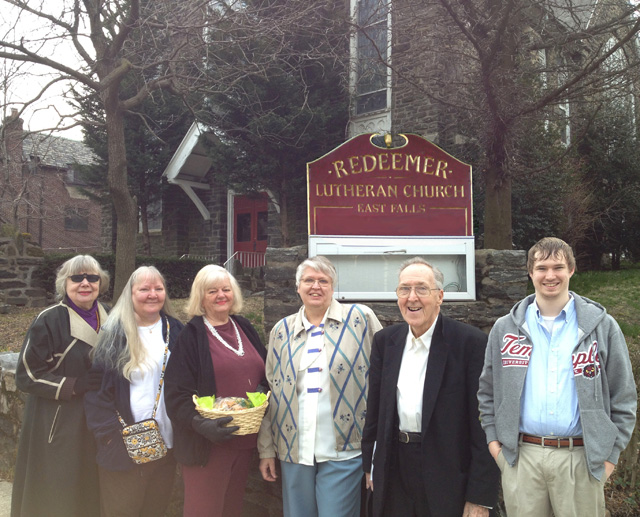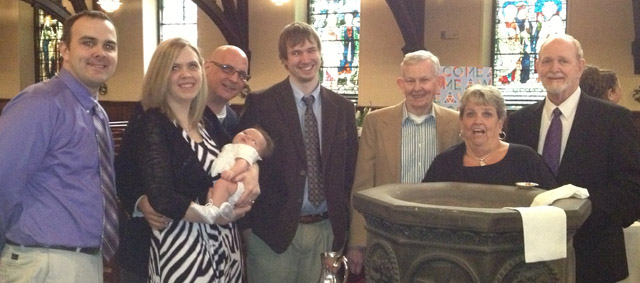 Small Church Resilience: A Squandered Asset
Small Church Resilience: A Squandered Asset
Today’s Alban Institute blog post addresses church resilience. It includes the thoughts of Judith Jordan who describes resilience as not so much an “intrinsic toughness” but more as an ongoing process of nurturing and fostering of relationships.
All churches can be resilient. We notice resilience more when the stakes are higher—but both large and small churches can rebound. They can redefine their missions. They can survive.
Resilience grows from love.
That’s what the Church is supposed to be good at. Wealth gets in the way.
The Church at every level is challenged today. Almost all church activity is funded by the contributions of individuals. That quarter that clinks in the offering tray must fund the local church, a regional body, the national church and all church agencies.
It is getting harder for church entities more distant from the members’ pockets to survive. Power is their only tool.
In the Lutheran Church with its interdependent structure, there is very little power assigned to church hierarchy. They are supposed to exist as servants of the congregations. But the economy has hit them hard. They crave more direct access to the wealth of congregations.
They start to stretch their powers, tweaking their constitutions a little here, a little there, until they are wielding powers that were never bestowed upon them in their founding documents.
The sense of mission begins to fade. It becomes replaced with pageantry. Pageantry makes things look better—for a while.
The mission of most churches today is funding their budget.
In this atmosphere it is harder to see resilience. The message of love is lost.
Love breaks down barriers. It opens hearts.
Resilience is hindered in a culture of criticism and judgment. That’s what many congregations experience within the structured church. The list of judgments against small congregations can be long and fabricated. The claims are difficult to prove, but few care as long as they are not personally affected.
- Lay leaders are too strong.
- People are resistant to change.
- People are living in the past.
- People are unwelcoming.
- People can’t support clergy.
- People can’t accept new ideas.
Says who? The people who want to claim church assets.
Funny, the faulty lay people who are “destroying their churches” with their backward thinking are thriving in the secular world which changes more frequently and at a faster rate.
Much of the criticism of congregations reflects denominational needs.
Running a denomination is expensive. Offices are expensive. Staffing an office is expensive. Keeping up illusions is expensive. The ONLY source of income for denominations is congregational members.
The poor, the needy, the sick, the young and old dependents, the infirm or visionaries need not apply.
Constitutionally, in the ELCA, no congregation is required to give to the denomination. Withholding support for a denomination may be the only voice a congregation has.
But denominations can ignore the voice and interpret the lack of support as the congregation’s failure—never its own.
It should be a huge red flag within a denomination when criticism focuses on lay people to the point of naming them and suing them. Any denomination that puts limitations on the laity’s ability to serve denies the example of Christ, who nurtured a ragtag group of peasants and spent most of his time with the needy.
You don’t hear limiting words from lips of Christ. All that comes later. It echoes through the centuries and may be the undoing of the mainline church.
Both clergy and lay leaders are all capable of leading congregations in renewal. But if their view of a congregation is only a measure of dollar signs for the denomination, then there is real trouble.
Any denomination that seeks to limit any individual’s talents is doing a disservice to their message.
God is love.


